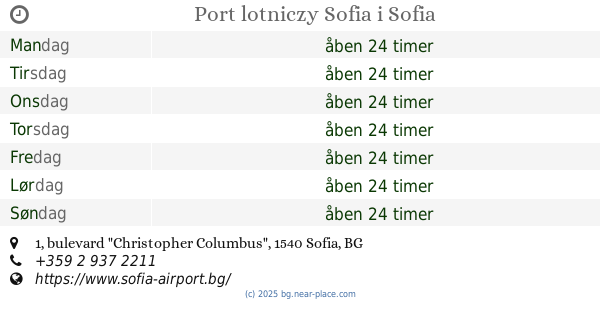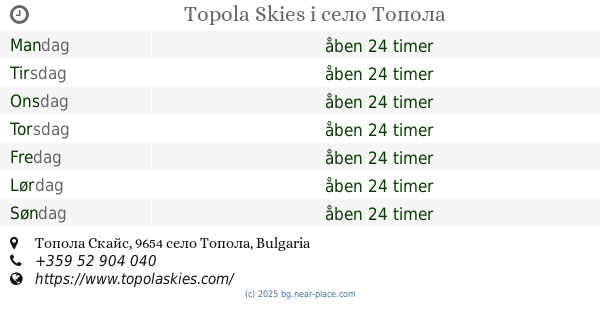lukket
🕗 åbningstider
| Mandag | lukket | |||||
| Tirsdag | - | |||||
| Onsdag | - | |||||
| Torsdag | - | |||||
| Fredag | - | |||||
| Lørdag | - | |||||
| Søndag | - | |||||
1, площад „Княз Александър I“, 1000, Sofia, BG Bulgaria
kontakter telefon: +359 2 805 2621
internet side: mdl.cc.bas.bg
Større kort og retningerLatitude: 42.6961681, Longitude: 23.3270798










Cristi
::A museum housed together with the national art gallery. There were 2 main exhibitions, one about life of Bulgarians in different moments and one about occupations, crafts and trade. Modern display methods, good looking and very nice experience. The building is beautiful.
Veysel ÖZTÜRK
::The building that used to be the residence of the Tsar is now housing the National Ethnographic Museum. The Royal Palace itself is a remarkable building in the center of Sofia from the end of the 19th century and a monument of culture on its own. The purpose of the National Ethnographic Museum is to collect, preserve and exhibit everything connected to the Bulgarian ethnical and cultural wealth. The National Ethnographic Museum is home to a collection of around 50000 items organized under several categories: garments, goldsmith crafts, copper objects, objects for ritualistic purposes, woodcarvings, agricultural tools, ceramics, fabrics and embroideries, home furnishing, carpets, foreign art etc. It is no mere chance that in the first decades of the 21th century the National Ethnographic Museum was renowned as one of the museums with the richest exhibits on the Balkan Peninsula. The Ethnographic museum collection also represents the topological characteristics of the traditional Bulgarian garment. It represents in details its structure and fabric composition, describing its function in the life of the Bulgarians. The museum curators offer visitors interesting facts regarding the traditions and beliefs of the Bulgarian people, which were reflected in their way of life, be it holiday or work day. One of the most interesting collections is the one devoted to embroideries. It is believed that the embroidery is one of the most distinctive features of Bulgarian folklore. The National Ethnographic Museum is a popular cultural and educational center both for young and old. The Ethnographic Institute, allied with the Bulgarian Academy of Science, shares the building with the National Ethnographic Museum.
רזיאל אחרק (raziel ahrak)
::Worth a visit, I built a four hour walk and visited all the lovely places in town
Adriana Allen
::Not worth the visit even for the low price of entrance. Having in mind the rich Bulgarian ethnographic culture, the museum does not even begin to cover it and what they have in the exposition, it is focused on the former royal family. Bulgaria deserves a great ethnographic museum; this is not.
Laura Carolina
::Colourful, traditional clothing. Displays of artisan crafts. Historic building. Labels include English.